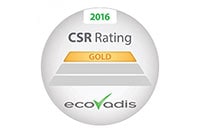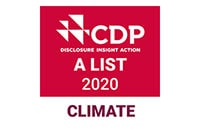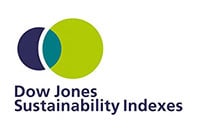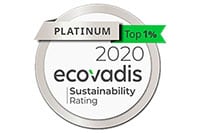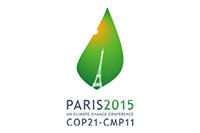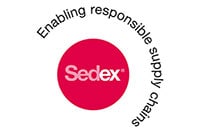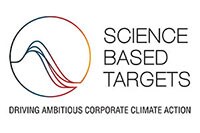Our goal is to create products with as little raw materials as possible, that can be recycled and re-used. To make sure select returned items don’t go to waste, we refurbish and resell them in select markets with a full guarantee. We also developed our Lumea “try and buy” model and give you the option to rent an Avent breast pump, instead of buying our products. When the rental period is over, we take the product back, then refurbish it so it can be used by another customer.
Outside of renting and refurbishing, we keep our products living longer by offering a selection of replaceable parts. In the future, we want to offer consumers more ways to enjoy our products for longer — and will continue designing for recyclability and repair. It’s all in service of our ultimate goal to use less and re-use more.
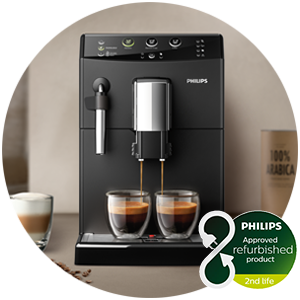
Refurbished Products
Good as new, better for the planet (and you’ll save money too).

Rent me
Renting our Lumea IPL instead of buying extends its life and saves resources — which is better for our planet.
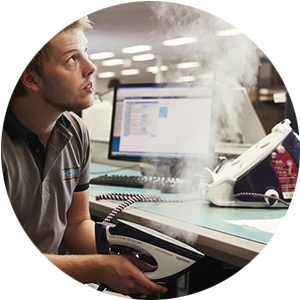
Service & Repair
Extend the life of your products with the help of our Service & Repair team.
Products we’ve engineered for the long run
Our sustainable design, by the numbers
10x
countries now offer refurbished products.
91%
Philips improved the circularity of its waste streams to 91% in 2022, increasingly recycling, re-using or reducing waste.
1500+
accessories and spare parts are available.
In our efforts to cut down on our environmental impact, we know we need to use less virgin plastic. That’s why we’ve teamed up with suppliers and recyclers worldwide to use more recycled materials in products and packaging. We think of it as a commitment to "vintage" plastic. And while we don't have access to enough quality recycled plastic to replace all the virgin plastic in our products right now, by 2025, we're aiming to quadruple our use of recycled material.
To help make our products easier to recycle, we're phasing out chemicals like PVC and BFR. By 2025, our goal is to remove those chemicals from all possible products — with power cords being the exception. We're also exploring new exciting plastic options that have a link to the natural world. Have you heard of bio-based plastic? It's quality plastic sourced from plants or other biological materials — like used cooking oil! While we have a way to go, some of our grooming and beauty products for example, now are partly designed with recycled plastics and bio-based materials. And we continue increase the number of products with plastic free packaging.
All together, these material innovations are propelling us towards a more eco-friendly future. By repurposing existing materials — and designing our own for re-use — we’re able to minimize waste and take less from the environment.
Products made from sustainable materials
Our Sustainable Design, By the Numbers
1,484
tonnes of waste were prevented across our own activities in 2022.
By 2025,
all our new products introductions will fulfill Philips’ EcoDesign requirements.
>75%
recycled cardboard in our packaging in 2022.
But to do our part in the battle against climate change, we have to look beyond our operations. This may come as a surprise: up to 63% of our products’ overall environmental impact comes from their use in homes. To help you use less energy without even trying, we’ve been developing high-quality, energy-efficient products for almost three decades. So if you’re in the market for a new home appliance, don’t forget to look for energy-efficient chargers and features like eco mode or auto shut off. For example, a foldable, more energy-efficient hairdryer containing recycled plastic is now available. Trust us, while the energy saved by one product may seem small, together, we can drastically reduce our impact on the environment.
Products that use less energy
Our energy efforts, by the numbers
71%
of our revenue comes from products that surpass legal requirements for energy efficiency.*
electricity and carbon offsets, our global operations emit net zero carbon into the atmosphere. But we’re not done. By 2025, we plan on phasing out fossil fuels from our operations entirely, and we are already powering 77% of our operations with energy from renewable sources.***
electricity and carbon offsets, our global operations emit net zero carbon into the atmosphere. But we’re not done. By 2025, we plan on phasing out fossil fuels from our operations entirely, and we are already powering 77% of our operations with energy from renewable sources.***
100%
of operations powered by renewable electricity.***
**Our own factories, own offices, own logistics and own travel
***Own factories, own offices and own sites around the world
Recognition and Awards
